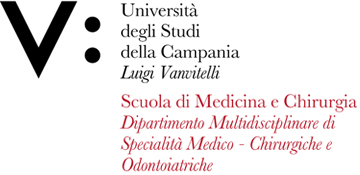Vincenzo GRASSIA
Insegnamento di AFP ORAL DISEASES
Corso di laurea magistrale a ciclo unico in MEDICINA E CHIRURGIA
SSD: MED/28
CFU: 1,00
ORE PER UNITÀ DIDATTICA: 20,00
Periodo di Erogazione: Annualità Singola
Italiano
| Lingua di insegnamento | INGLESE |
English
| Teaching language | English |
| Contents | 1. Orthodontic visit |
| Textbook and course materials | - Brand RW, Isselhard DE, Satin E. Anatomy of Orofacial Structures: a Comprehensive Approach - Mosby Elsevier Edition, 2014 [Chapters: 1, 2, 8, 10, 20] |
| Course objectives | This Course allows the student to participate to the practical training under tutoring and the Professor to evaluate not only the acquired practical knowledge but also the critical spirit of the student developed during the Course. |
| Prerequisites | In previous years the student must have acquired a good study methodology and an adequate self-assessment capacity. |
| Teaching methods | The Course is organized only with practical training under tutoring. |
| Evaluation methods | Final Examination |
| Course Syllabus | 1. Orthodontic visit |








